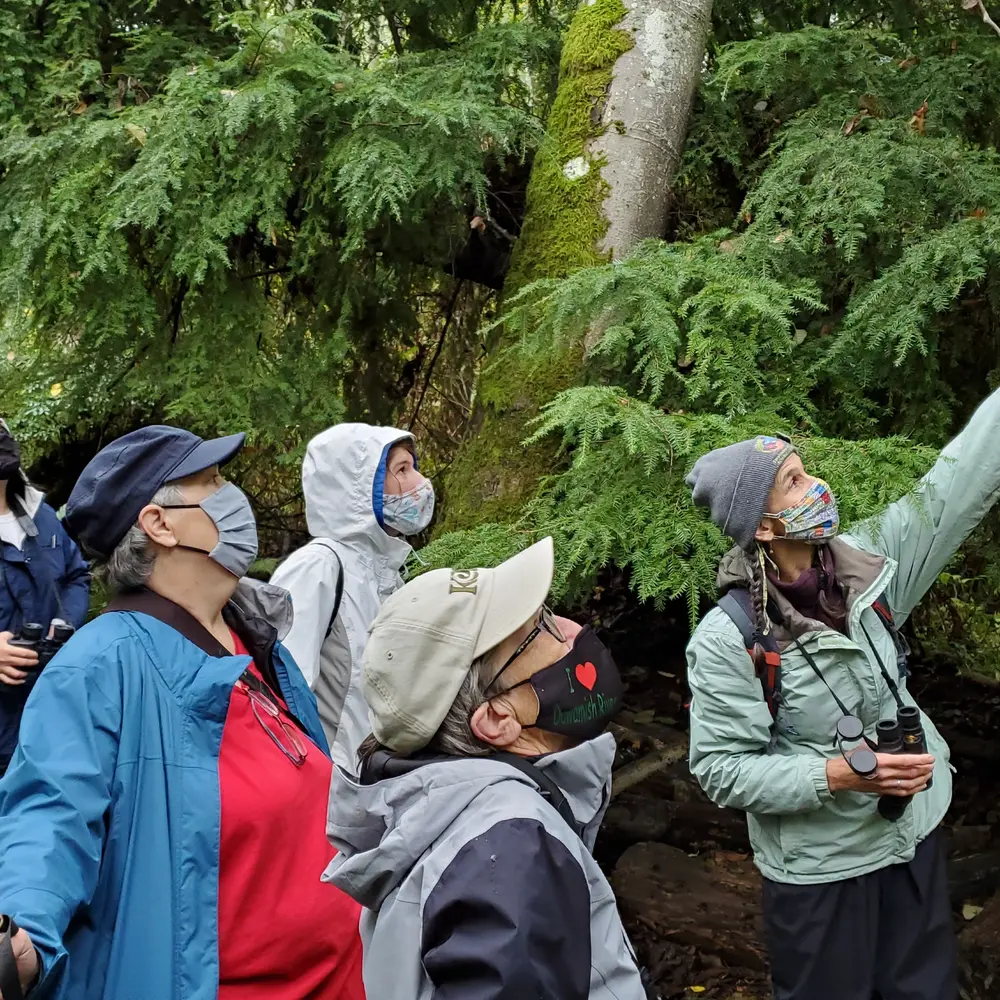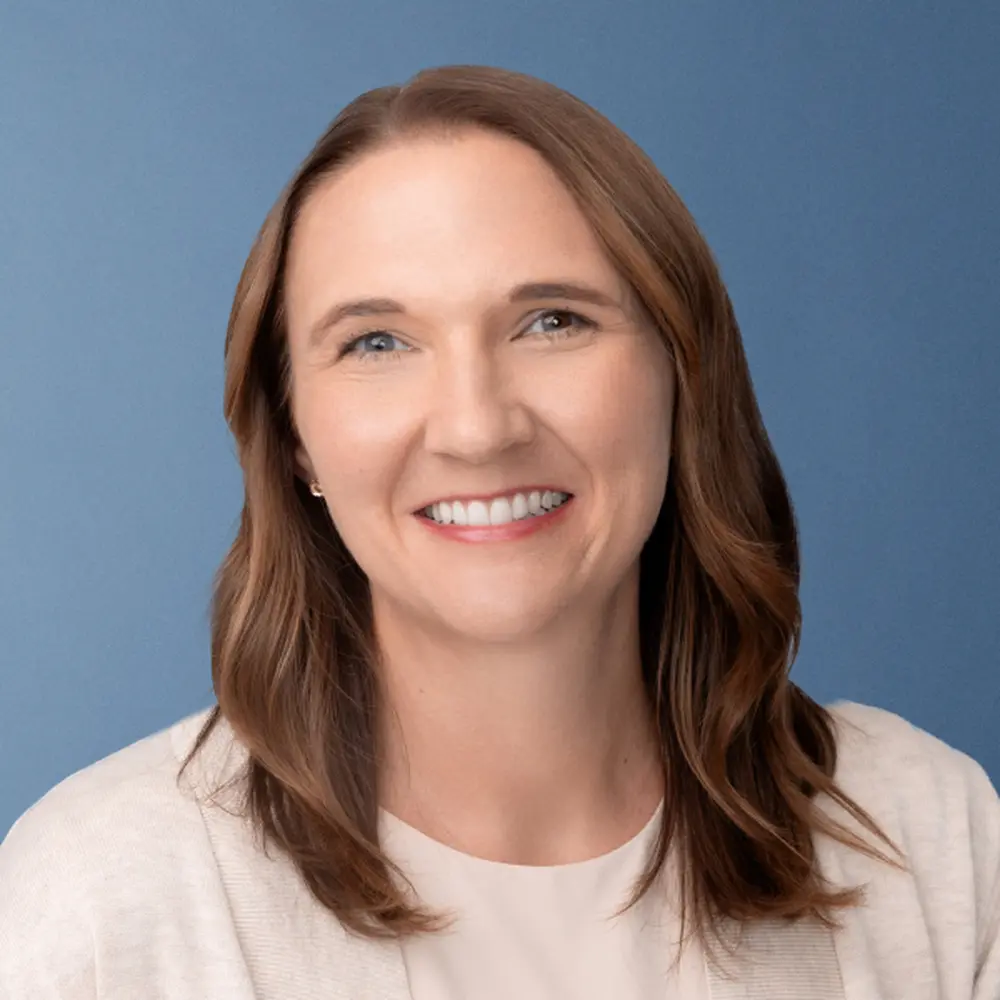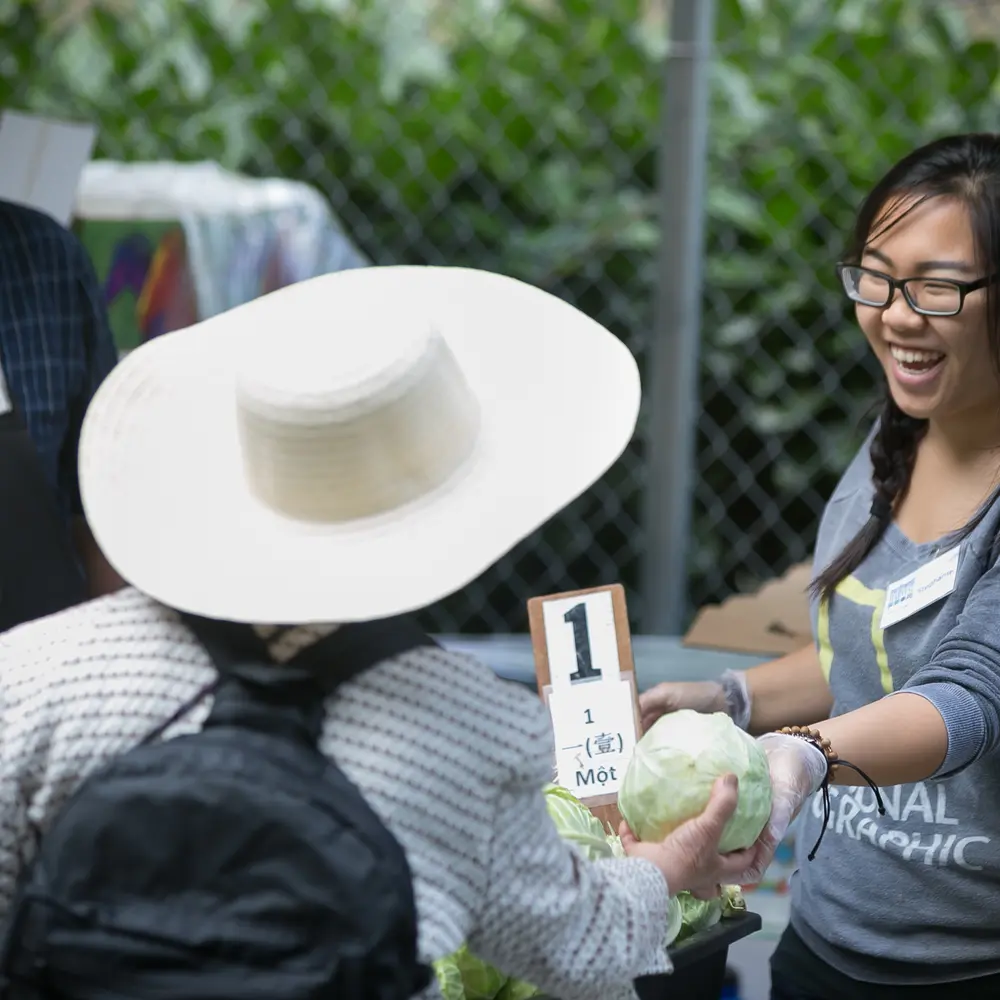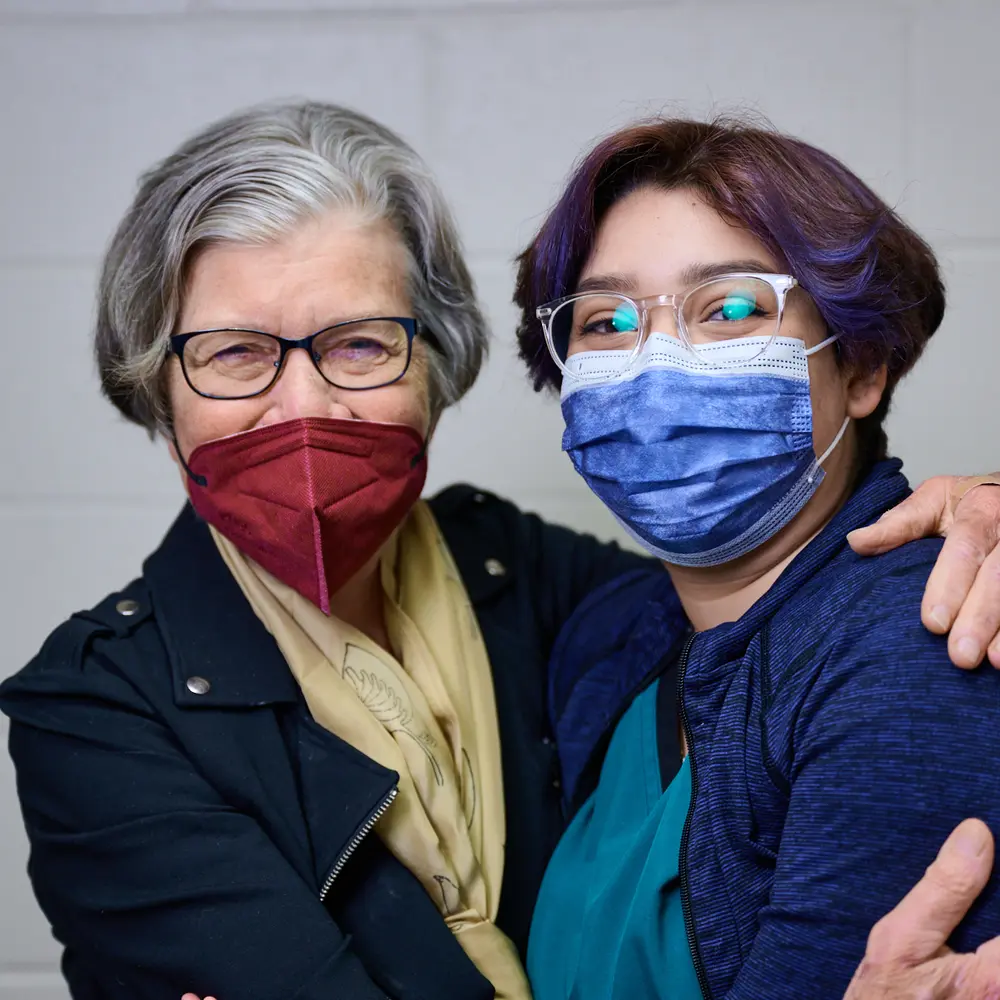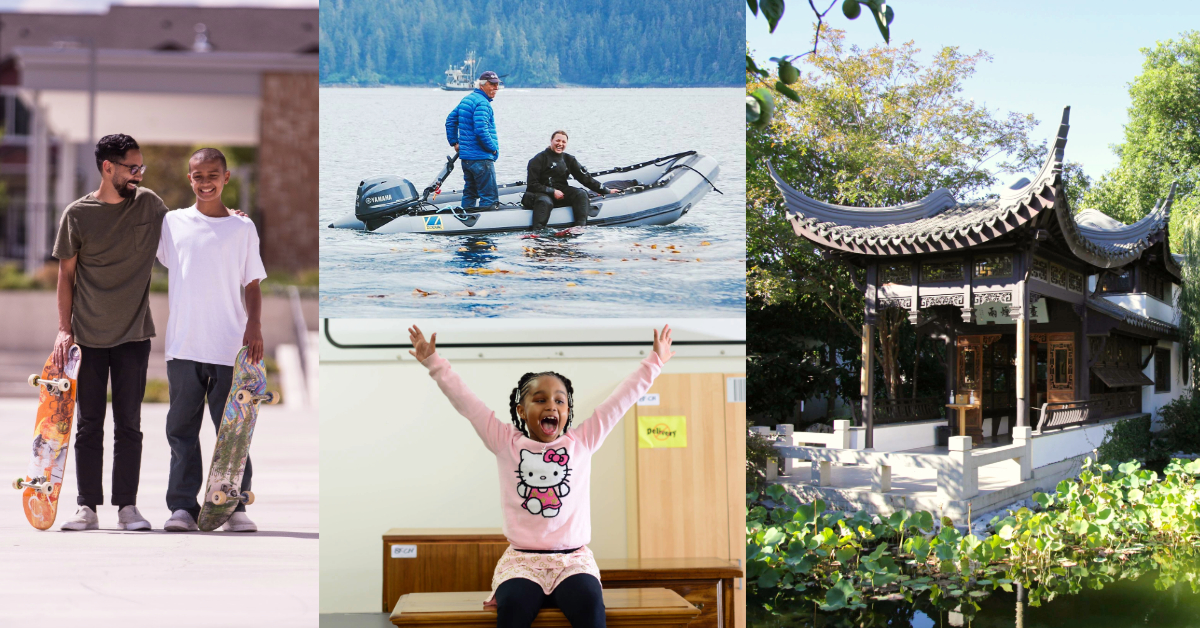
It is hard to believe and recognize that 2024 marks my eighth year working on the funder side of the philanthropic ecosystem. Those who know me best know that my heart has always rested with the work of the nonprofit sector. I spent the first 25 years of my career working in the nonprofit world and my professional transition to the funder world came about due to two primary factors – (1) having the opportunity to bring my lived experience on the nonprofit side to help inform funding decision making and (2) to work for an organization committed to centering the work of the nonprofit sector and those on the front lines of community service.
I and many of my colleagues at the Murdock Trust are fueled by a shared passion for the nonprofit sector. We are fond of saying that “the fruit of our labor grows on the trees of others,” which is true. In philanthropy, we are not the ones on the front lines of need. We are not the ones who work daily to understand the cultural, regional, economic, familial, and social elements that can create both complex challenges but also innovative and sustainable solutions that serve the diverse needs of our region. We have the unique opportunity to observe daily the incredible impact of the nonprofit sector and are fortunate to have the opportunity to come alongside so many incredibly talented and dedicated professionals in the space and invest in their ideas in service to the common good.
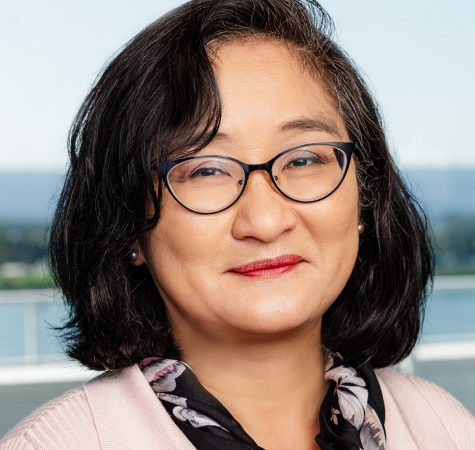
In our daily work, we are driven by a desire to do whatever we can to bring the most support and encouragement possible to the amazing individuals and organizations serving those in need. It is this passion that has fueled our work over the last year as we have developed, refined, and implemented our new sectoral strategy and grants management system.
When Romanita Hairston joined the Trust as our CEO, the organization was at an inflection point.
- Like so many funders, our team had spent more than two years in overdrive, seeking to support the rapidly evolving needs of our region in a time of historic circumstances. How would we recalibrate our team and our resources to serve the consistent and emerging needs of our constituents in meaningful ways?
- New technology developments presented greater opportunity for efficiency while the promise of AI suggested even more potential awaiting our grasp. But how to adopt these new tools appropriately?
- The Trust had an established history of successful giving that spanned nearly five decades. But in a data-driven world, how could we know that we were truly maximizing our investments without also establishing benchmarks and metrics that could unintentionally shape or direct the work of those on the front lines of service who are best suited to set the course for this work, or create undue burden for applicants and grantees?
When I accepted the opportunity to serve as the Trust’s first Chief Program and Impact Officer, this was the primary challenge to address. How to refresh and renew the work of the Trust, building on our established foundation in a way that held fast to the best parts of our history and knowledge base while finding ways to harness new tools and strategies in service to our ultimate vision and goal to build capacity in nonprofits driving innovative and sustainable outcomes across the Pacific Northwest.
For the last year, we have focused our attention on how we structure our teams to better concentrate knowledge and expertise in order to go deep and exponentially grow our impact in the areas we serve. This work has brought forth the sectoral model Romanita has discussed over the last year. In my tenure as a program director at the Trust, our grants staff leveraged a generalist model with team members working across nearly all sectors in some fashion. This provided optimal cross-training and knowledge sharing but made it difficult to go deep into any one subject or context. Under our sectoral model, our teams remain connected and share knowledge regularly, but they have the opportunity to focus deeply on the specific challenges and opportunities in a given area of service.
Simultaneously, our team has looked at how we can be the best partner possible to those we serve. How can we maintain thoughtful stewardship and provide the due diligence needed, while reducing the time and complexity in our application process for the nonprofit organizations who seek to partner with the Trust? Through an extensive review of our process, the Grants Management Team identified key areas of our existing application that could be streamlined and new technology tools that could help automate processes and reduce time spent entering and managing data. Our move to Submittable as our new grants management platform will allow the Trust to harness these new technological innovations that will deliver immediate process improvements today and position us to adapt as new tools and resources become available in the future.
I look forward to sharing more as we continue to live into our sectoral model and more fully reap the benefits of our technological transition to Submittable. It will likely take a few grant cycles with our new process fully in place before we have a firm grasp on the overall impact of these transitions. Our sector leaders are now investing time in the important work of collaborating with interest-holders within their areas of focus to further develop sector strategies and begin to build impact frameworks. Both the sectoral model development and the new grants management system adoption are to reflect the Trust’s commitment to continuous improvement and deliver an even better experience to those with whom we work and partner, recognizing the iterative process that any growth and learning requires.
There’s a Chinese proverb that says: “Review the old and learn the new” 温故而知新 (wēn gù ér zhī xīn), speaking of the importance to build upon past knowledge to gain new insights and understanding, and of learning as a continuing process. That is indeed the hope, as we learn from past successes and failures and build towards the new. One of my personal heroes, Fannie Lou Hamer, once said: “Never to forget where we came from and always praise the bridges that carried us over.” Deep gratitude and thanks to the many bridges in both the nonprofit and philanthropic sectors from whom we’ve learned much to build into today’s structures, and from whom we will continue to learn.

